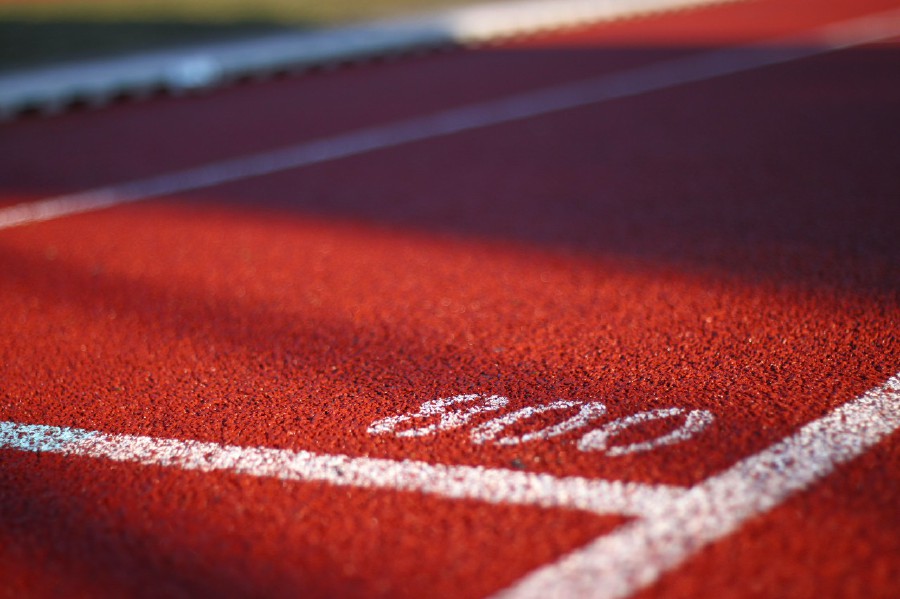AFTER more than 1½ month from the conclusion of the Tokyo 2020 Paralympic Games, you might wonder what is happening in the world of adaptive sports in Malaysia and around the world.
Going beyond the sense of awe that most of us develop every four years on occasion of the Paralympics is one of the key challenges that need to be tackled to project adaptive sports to the highest levels.
This means ensuring a continuous and consistent flow of information on the development of the sector and implicit to it. It implies the organisation of regular championships embraced by the common people.
Let's not forget that the ultimate goal in Malaysia and elsewhere is to reduce the gap between adaptive sports and sports by persons without disabilities, filling an unfair gulf that keeps depriving athletes living with disabilities from the spotlight.
Essential to all of this is to create a system that promotes and recognises adaptive sports on a par with what we tend to consider as "mainstream" sports.
It will require a gigantic effort, but the right plan and execution can make a difference in elevating adaptive sports globally.
Malaysia is an interesting case because it is steadily getting close to the vanguard of adaptive sports in Asia that is now dominated by Japan, China, South Korea and Australia.
The medals won at Tokyo are emblematic of the efforts put in place by the Paralympics Council of Malaysia, led by a dynamic president in the person of Datuk Seri Megat D. Shahriman Zaharudin, an entrepreneur who, in a business like fashion, is spearheading adaptive sports in the country.
Determination and an unassailable commitment to put in place a long-term vision are key to bringing adaptive sports to the next level, and fortunately, the private sector is taking notice of their potential.
The OSK Group, through its philanthropic arm, and Grab Malaysia are among those that have awarded the 22 athletes that took part at the Tokyo Games.
Can this be the beginning of something even more ambitious?
What would it take to send the double of athletes in the next Paris Paralympic Games in 2024, and what would it take to double the already promising number of medals there?
Here we need to first ensure that the federal and the state governments do their best to enable Malaysia to become the next superpower in adaptive sports.
Surely the same ambition should be put in sports for able bodied persons but, generally speaking in Malaysia, like elsewhere, we always tend to prioritise and enable opportunities for normal people and this is wrong.
That's why a "first thing approach" would be to equate adaptive sports with "mainstream sport" so people will not even bother to think of an athlete in terms of disabilities or lack of them. What counts (and must be emphasised) is the effort, and with those, the achievements by all athletes regardless of anything else.
It is a way to elevate it to the mainstream of society, and it is important that any new plans embraced by the nation must also ensure that disability and social inclusion have a central place in policy-making.
Adaptive sports can become an entertainment, an industry like traditional sports, and it can also become an opportunity for corporations to project a very different image of themselves.
In short, there is a strong business proposition to bring adaptive sports to the next level in Malaysia. Let's imagine national championships with news outlets reporting about them in the main sports section. Let's imagine TV channels interested to broadcast them on prime time.
I know it all sounds unrealistic, but I am sure that Shahriman and his team have this vision.
Moreover, in December, Bahrain will host the 2021 Asian Youth Para Games and hopefully, Malaysian youth adaptive athletes will shine there as well.
In addition, the International Paralympics Committee, in the process of its overall governance reform, has opened up a competitive process that will lead to the establishment of new governing bodies for para swimming and para athletics.
Can Malaysia bid for one of these? Imagine Kuala Lumpur becoming one of the capitals of adaptive sports. I will leave you here with this dream.
The author writes on social inclusion, youth development, regional integration and the SDGs in the context of the Asia-Pacific region






